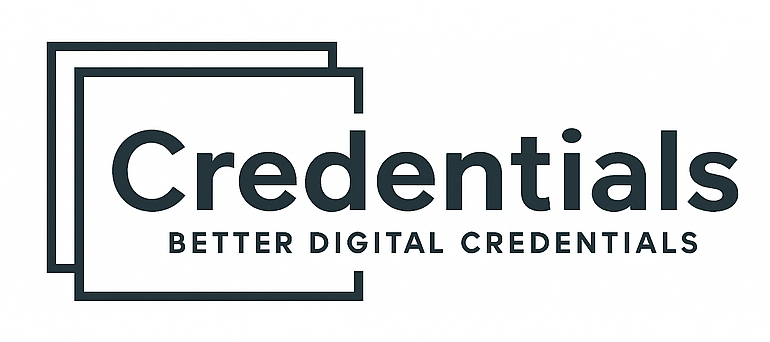Higher education is undergoing a structural transformation. Traditional degree programs—long, expensive, and inflexible—are giving way to shorter, competency-based learning experiences that better align with labor market needs.
Enter stackable microcredentials: small, verifiable learning units that can be combined (or “stacked”) toward certificates, diplomas, and even full degrees. In 2025, they are emerging as one of the most powerful tools for universities seeking to offer flexible, personalized, and employment-oriented pathways.
What Are Stackable Microcredentials?
Stackable microcredentials are modular credentials that certify a specific skill or set of competencies. When accumulated, they can count toward a larger qualification.
Key characteristics:
- Modularity: Each credential represents a discrete, well-defined outcome.
- Flexibility: Learners can complete them at their own pace and in different formats (online, hybrid, on-campus).
- Portability: Through standards like Open Badge 3.0 or European Learning Model (ELM), they can be recognized across institutions.
- Pathway integration: They are designed to “stack” into academic programs or recognized professional qualifications.
Why They Matter in 2025
According to global education intelligence reports (HolonIQ, 2025):
- The microcredential market is projected to grow 16% annually through 2030.
- Employers increasingly favor candidates with verifiable, skill-specific credentials over generic degrees.
- Learners demand short, job-relevant programs that deliver ROI quickly.
For universities, stackable microcredentials are no longer optional—they are a strategic lever to attract new learners, retain alumni through lifelong learning, and stay competitive in a rapidly changing landscape.
How Universities Are Implementing Them
Leading institutions worldwide are experimenting with stackable models:
- North America: Many universities integrate microcredentials into undergraduate programs as elective “skill tracks.”
- Europe: The European Commission promotes the European Approach to Micro-credentials to ensure interoperability.
- Asia: Countries like Singapore and Australia have national policies encouraging stackability across institutions.
- LATAM: Universities are piloting microcredentials that can later be applied as credits toward diplomas or postgraduate programs.
Technology and Standards Powering Stackability
Stackable microcredentials rely on a robust digital infrastructure:
- Open Badges 3.0 & LER (Learning and Employment Records): enable interoperability and verification.
- Blockchain & NFTs: provide tamper-proof, portable credential ownership.
- API-First Platforms: integrate credential issuance into LMS, SIS, and HR systems.
Among the most prominent platforms:
- Credly, Accredible, Badgr, Certifier, Sertifier – well-known solutions that support universities and companies in issuing digital badges and certificates at scale.
- POK (Proof of Knowledge) – a next-generation platform that issues NFT-based credentials on a public blockchain, with white-label solutions for institutions. Its focus on interoperability and learner-owned credentials offers universities a solid option for designing future-ready academic pathways.
Lessons for Universities
- Start Small: Launch pilots in one faculty or program before scaling.
- Map Competencies: Define clear, measurable outcomes for each microcredential.
- Ensure Quality Assurance: Align with accreditation standards and maintain academic rigor.
- Design for Stackability: Make sure microcredentials integrate into degree pathways.
- Engage Employers: Co-design credentials with industry partners to guarantee relevance.
- Communicate Value: Help students and employers understand what each microcredential represents.
- Measure Impact: Track completion, employability outcomes, and student satisfaction.
Recommendations for 2025
- Develop a university-wide microcredential strategy with governance, quality standards, and funding.
- Adopt open standards to ensure portability across institutions and geographies.
- Partner with technology providers like POK, Credly, or Accredible to issue credentials at scale.
- Build learner-centric pathways that allow students to personalize their academic journey.
Conclusion
Stackable microcredentials are more than a trend—they are reshaping the architecture of higher education. By embracing modular learning pathways, universities can increase access, respond to labor market needs, and provide students with greater flexibility and control over their learning journey.
Those that act now will not only remain competitive but will also lead the way in shaping the future of education.

